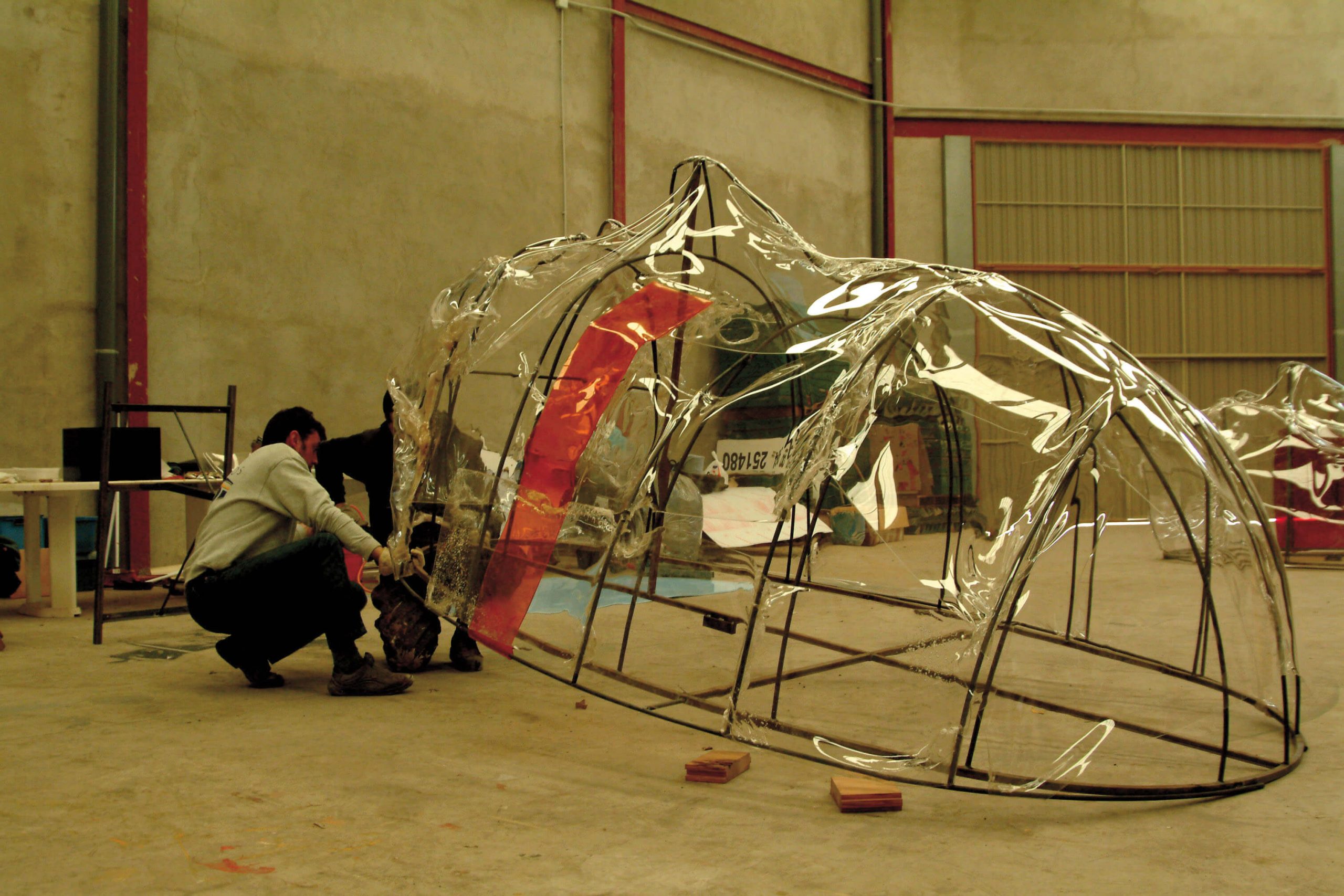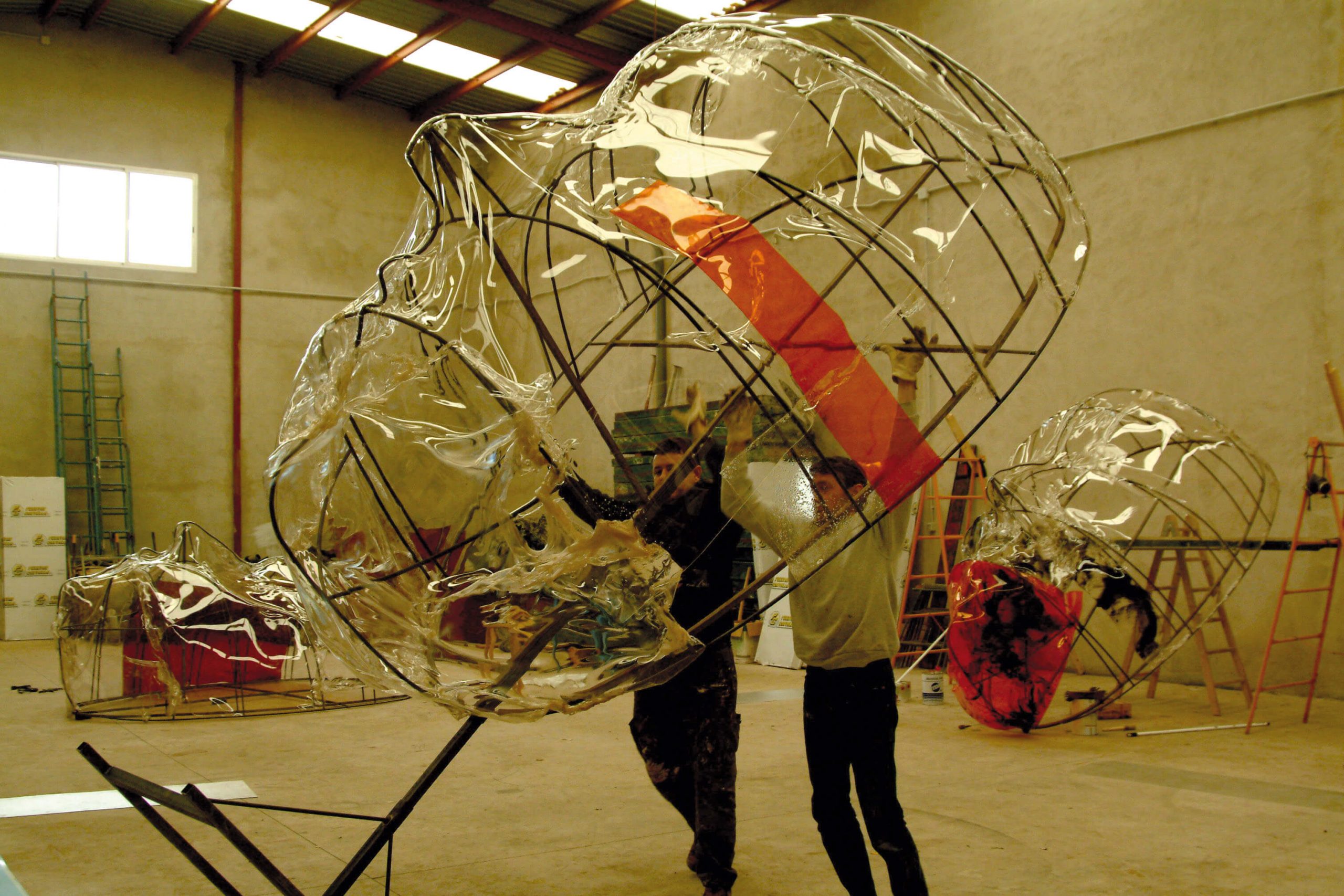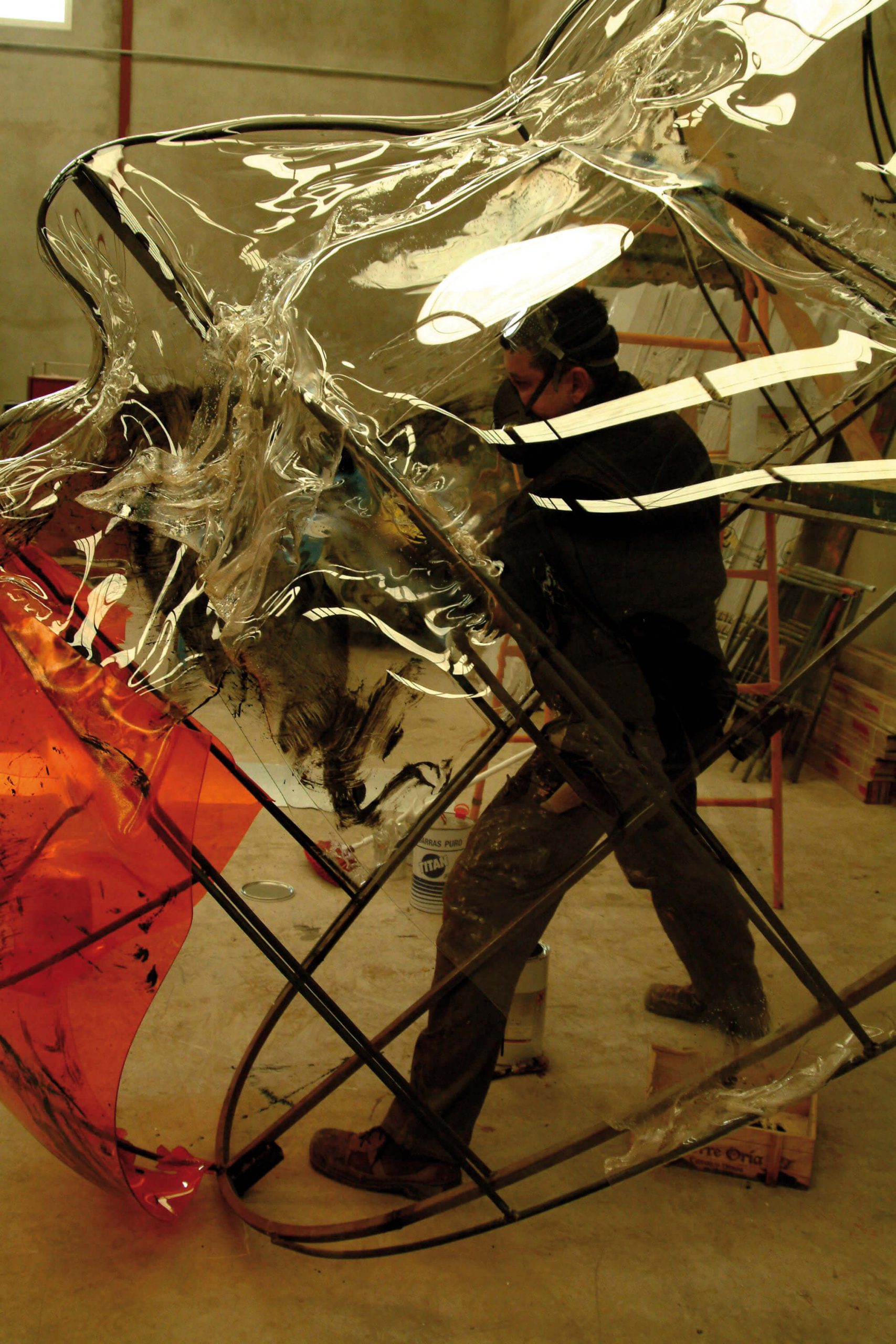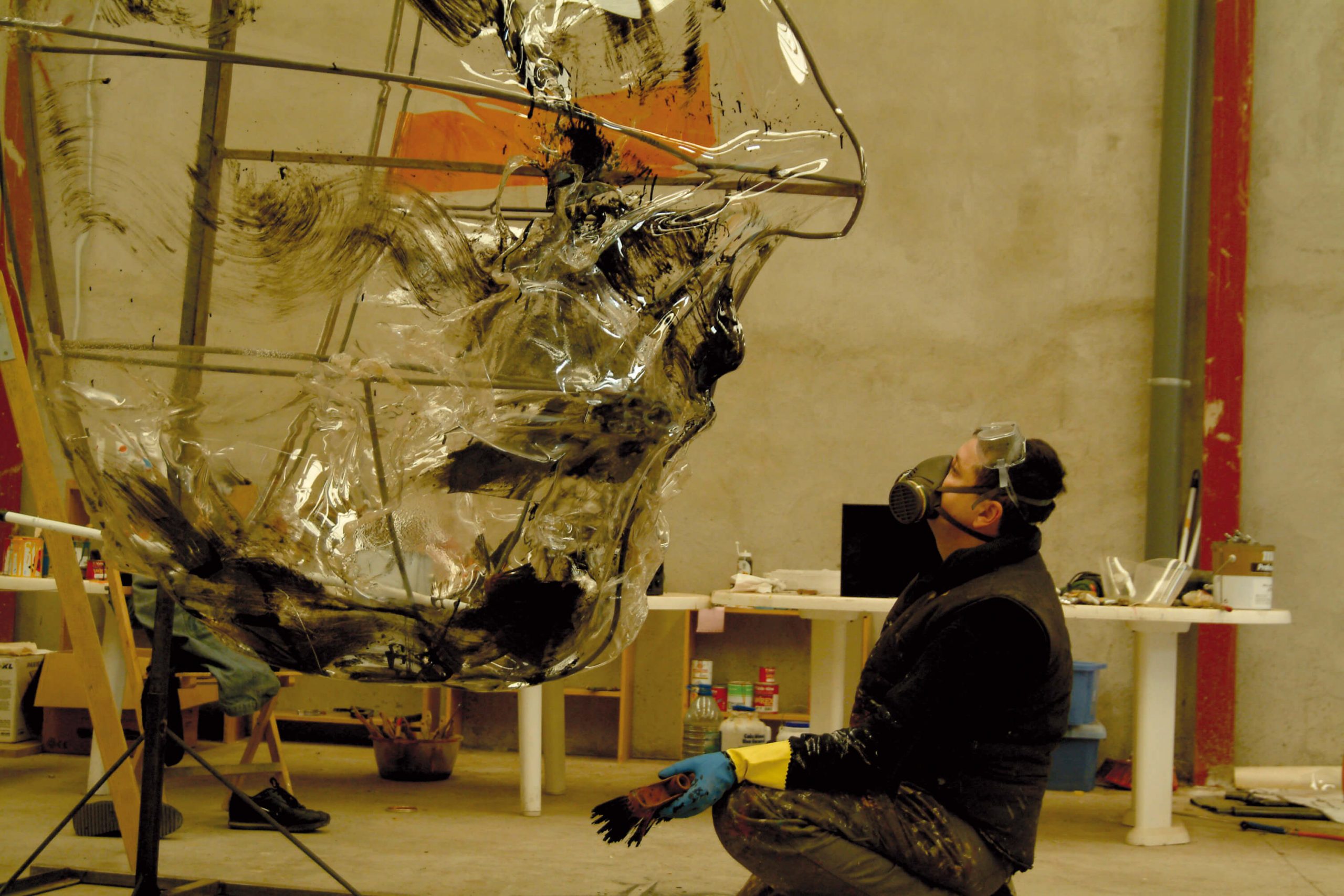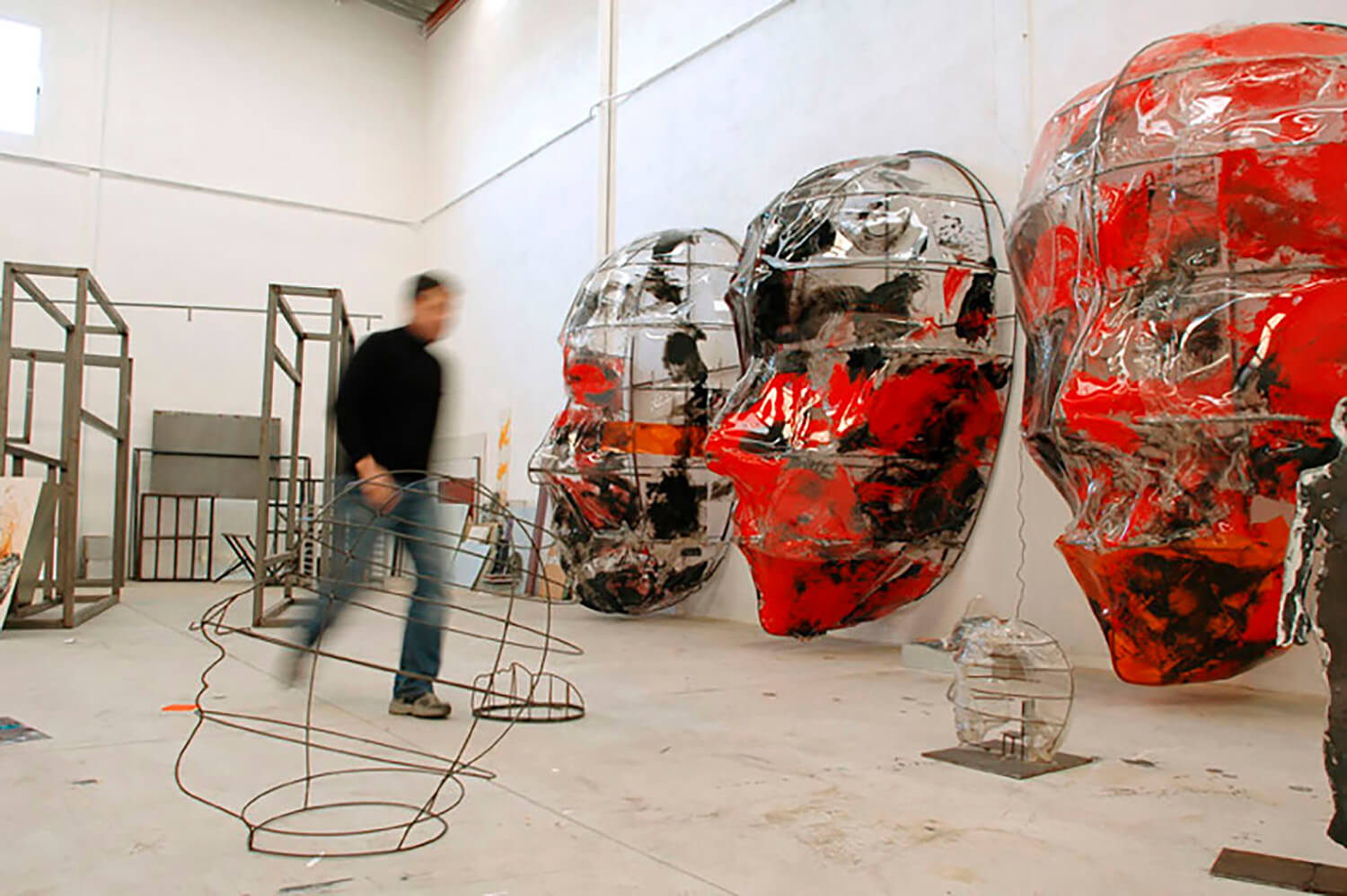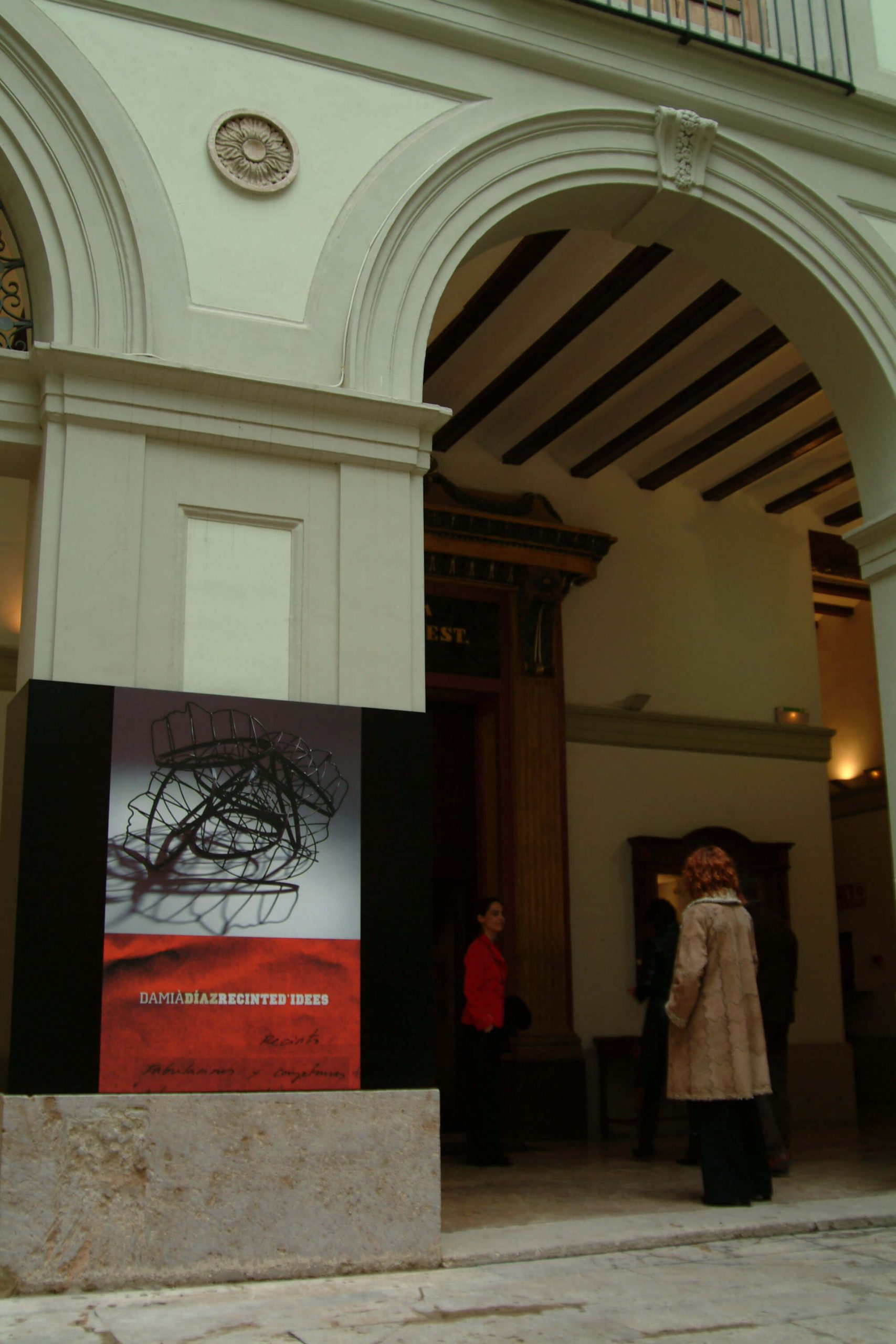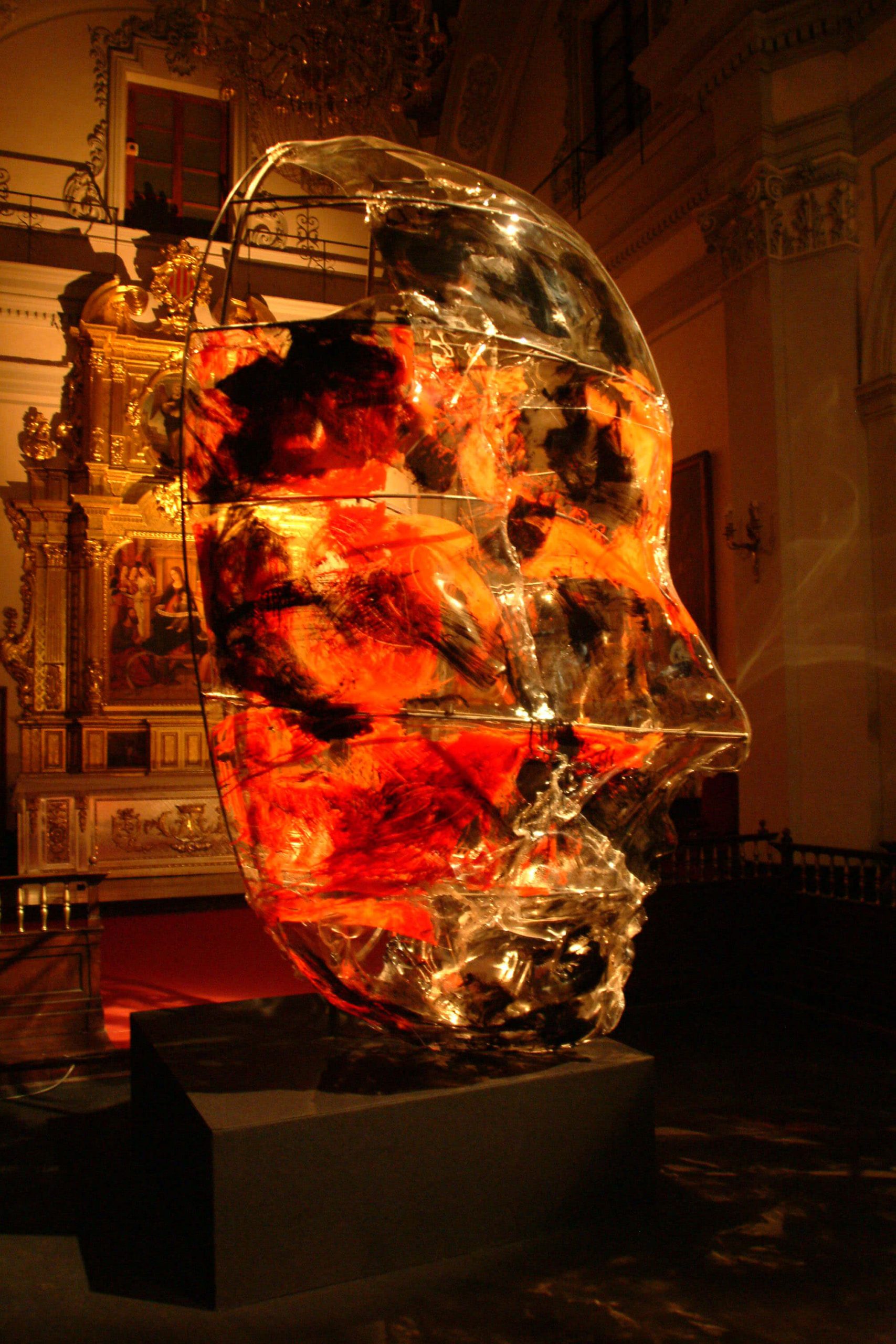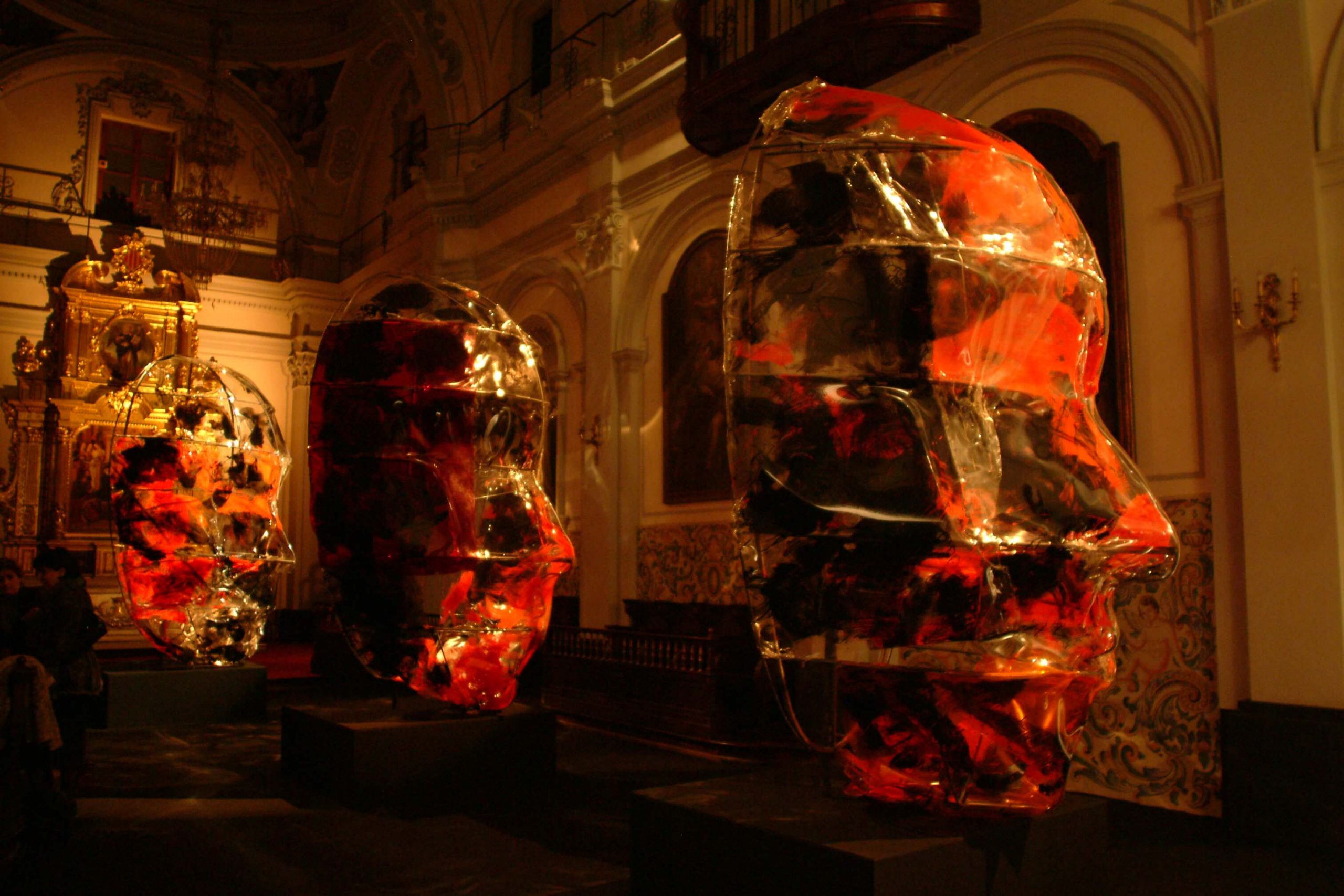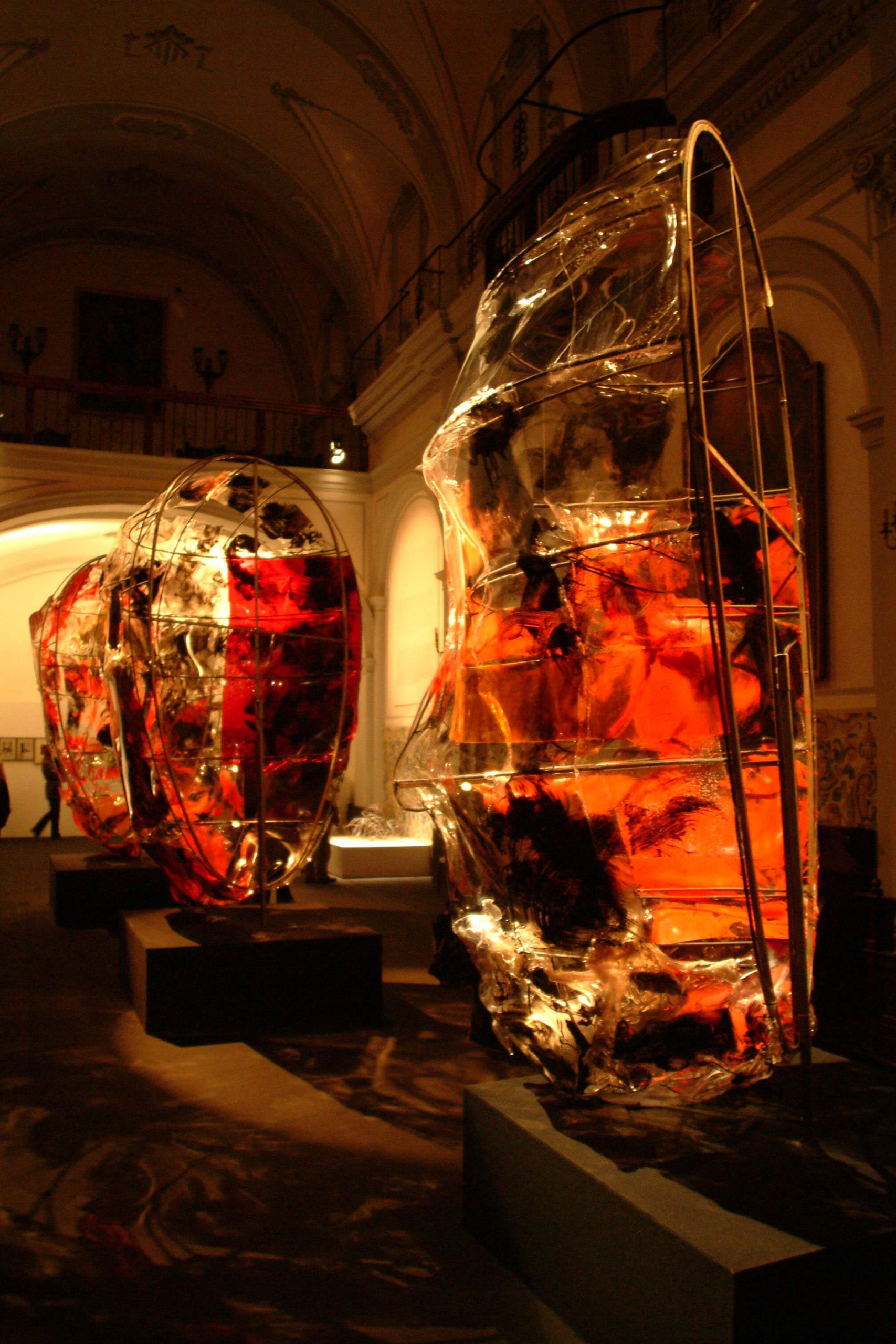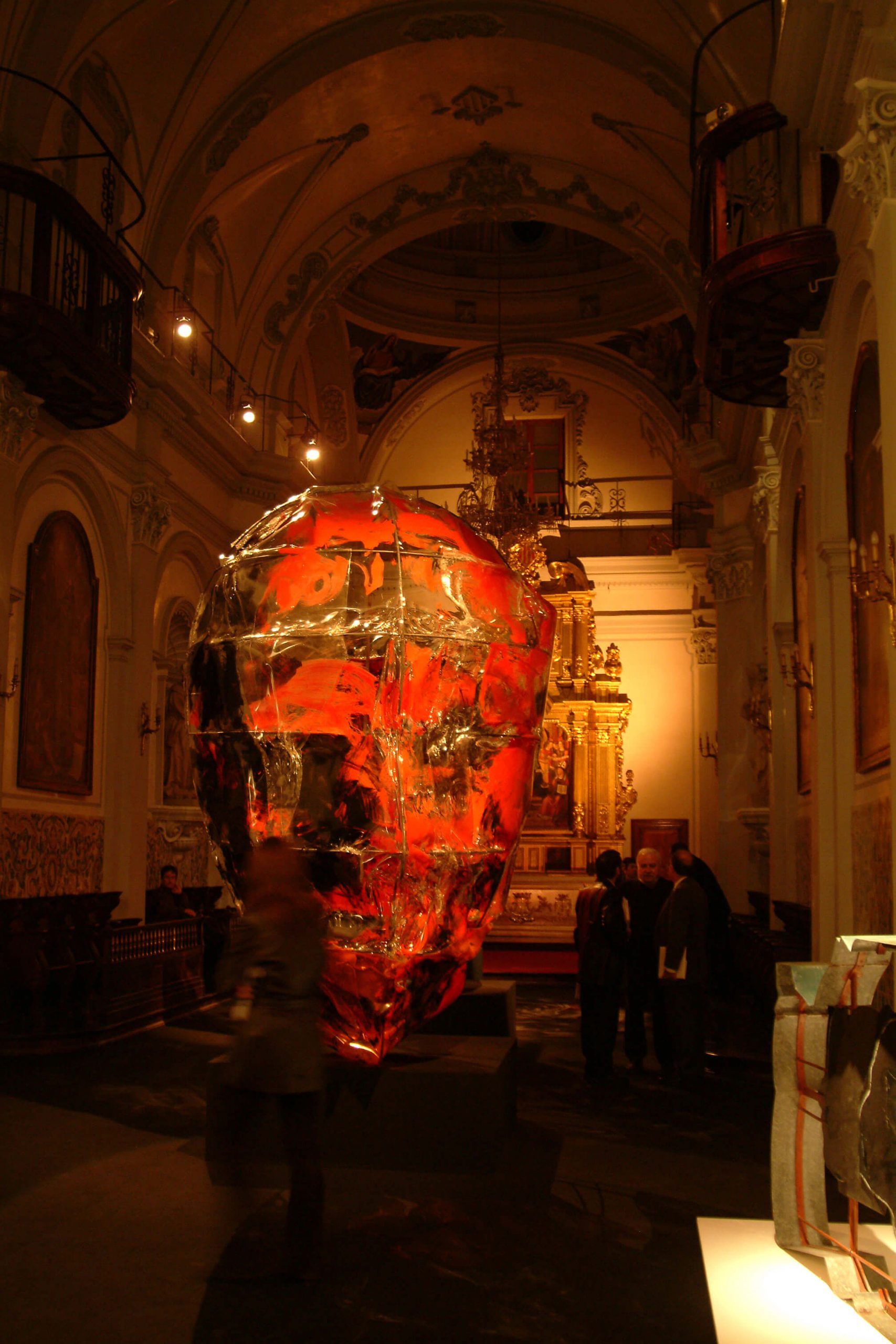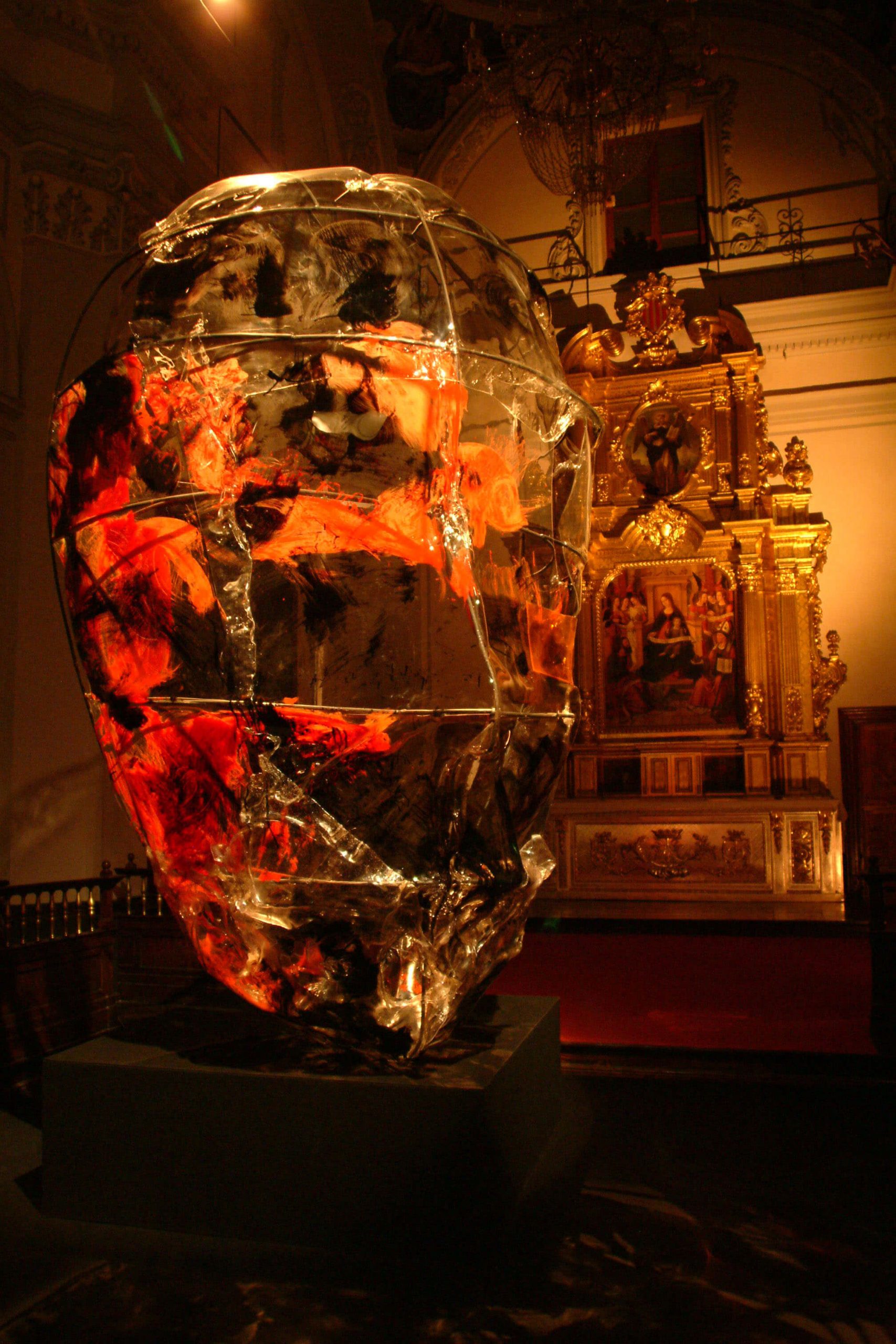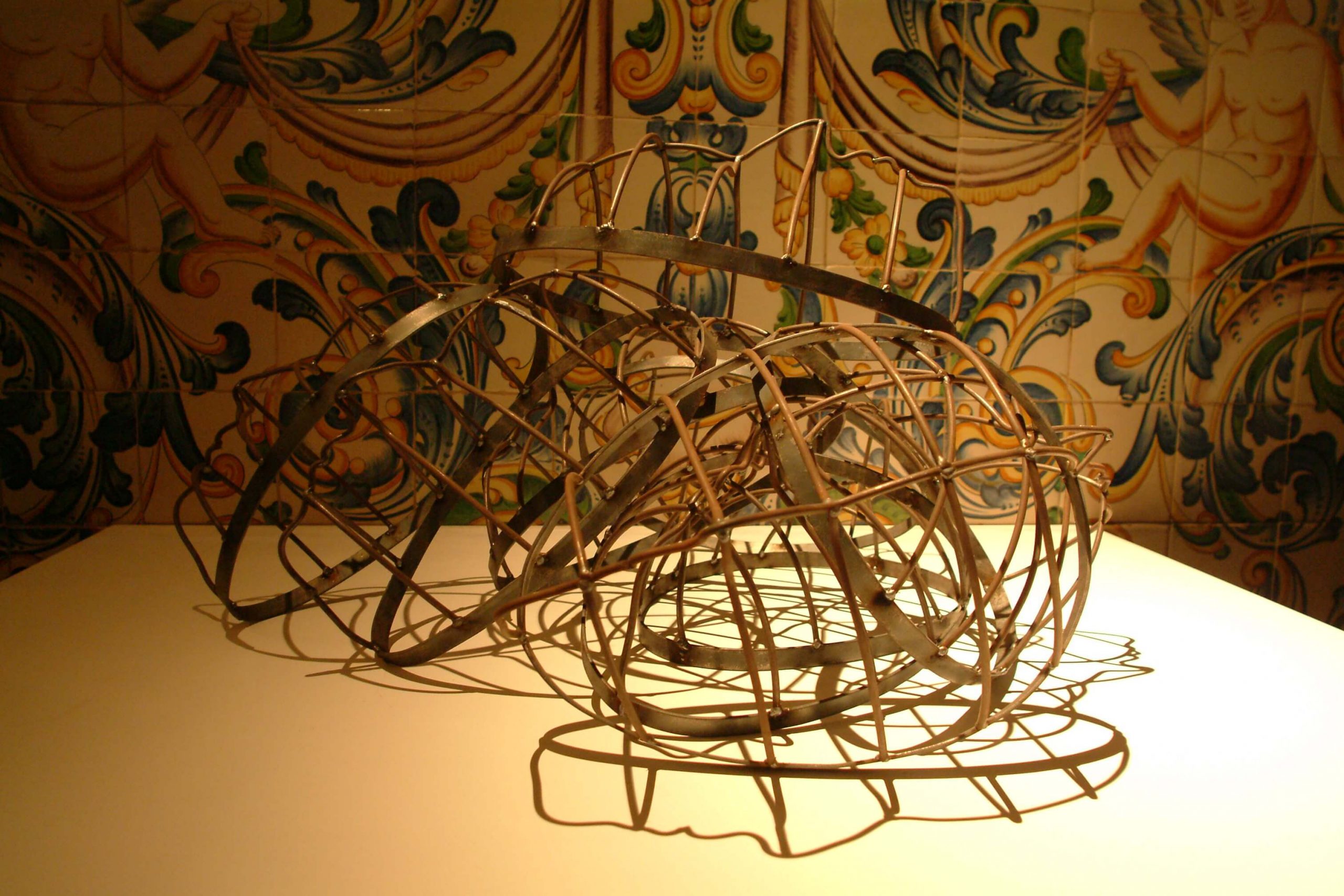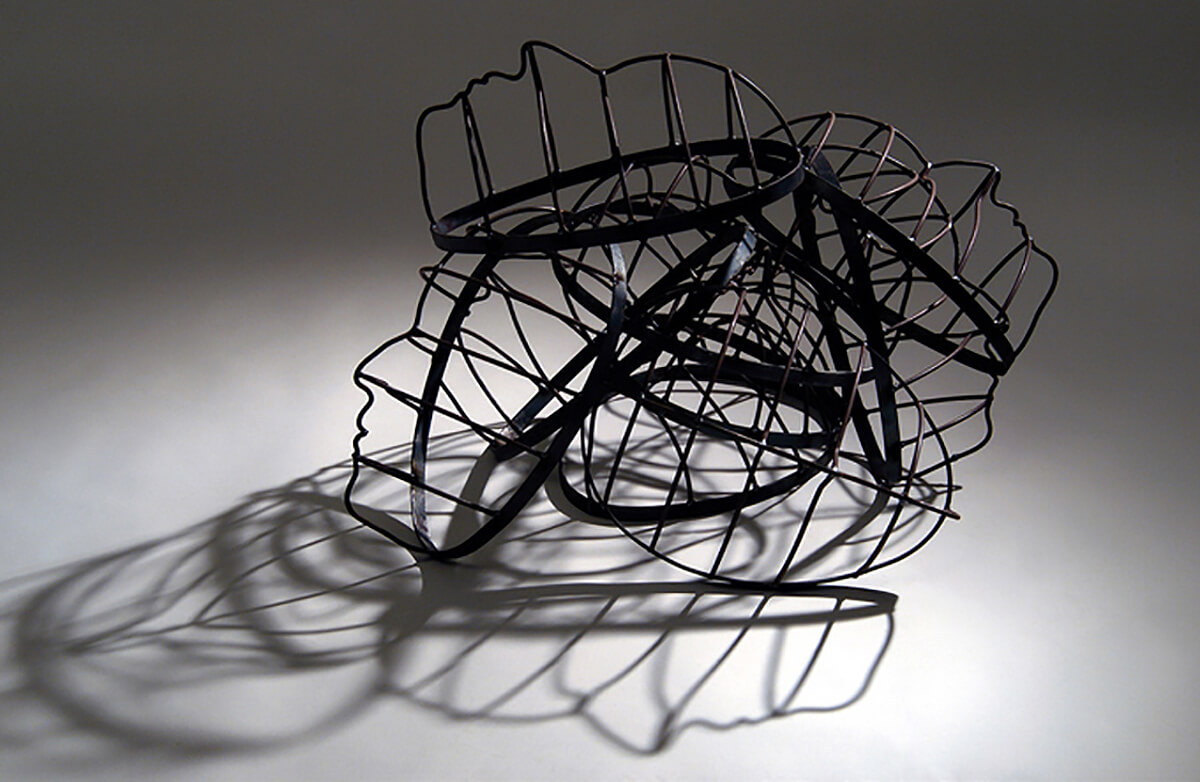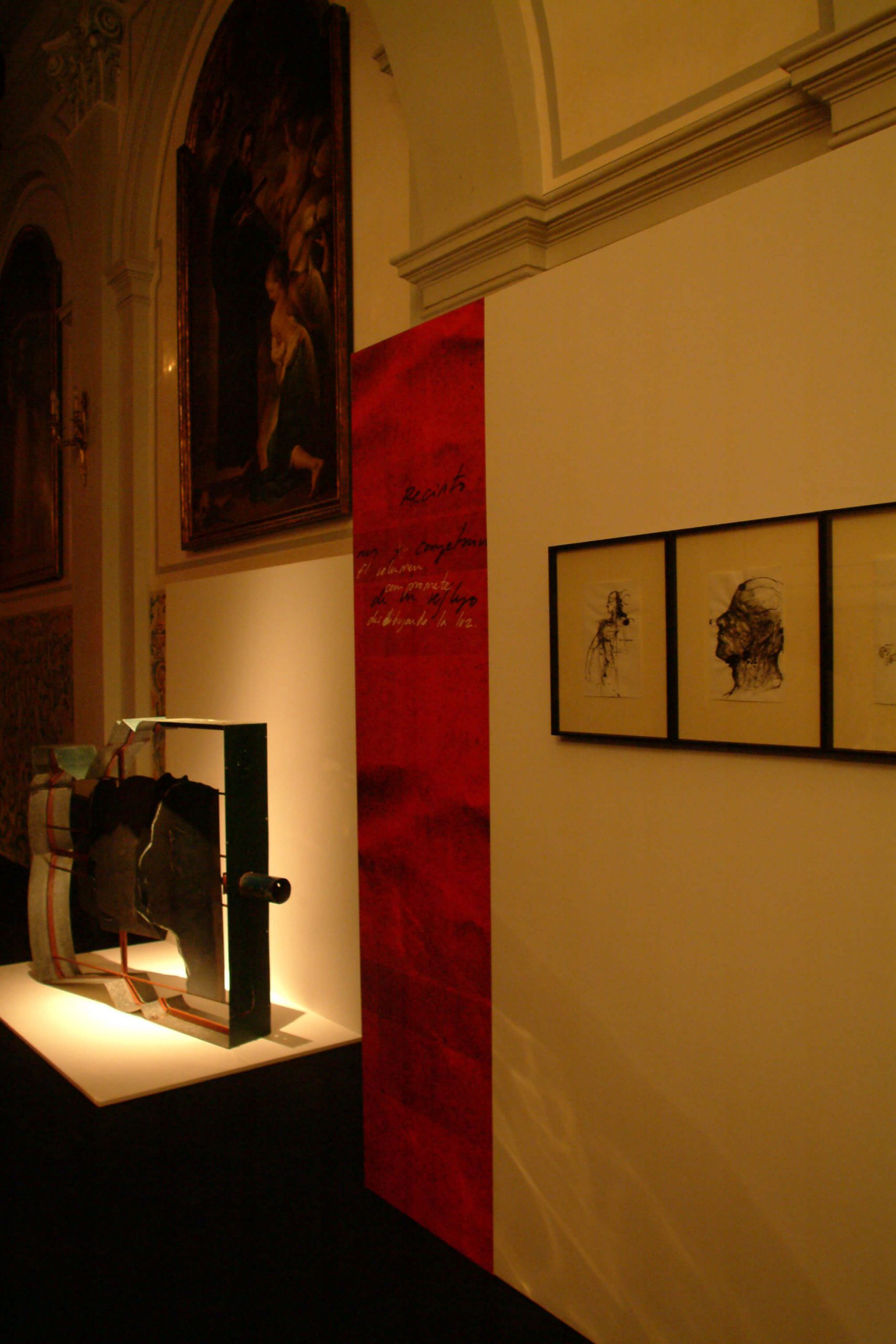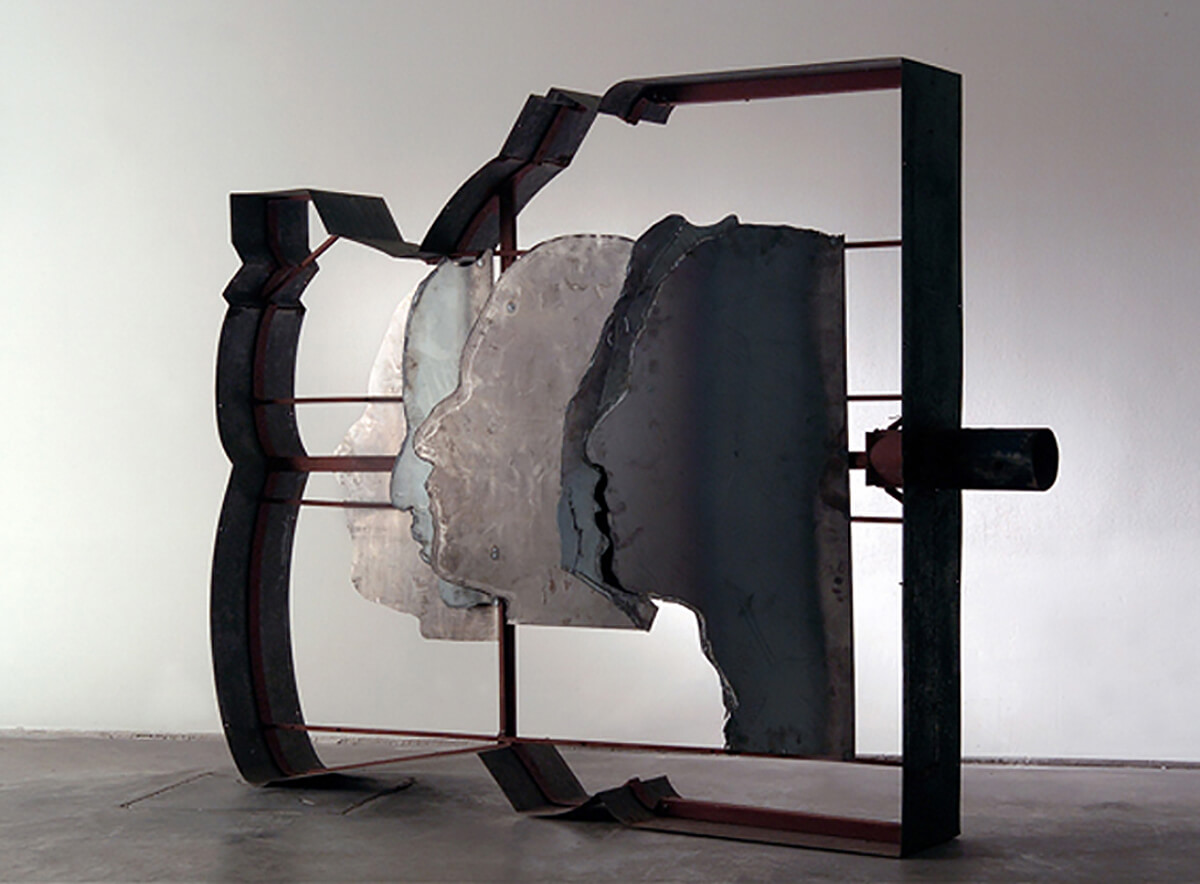The struggle for catching, emulating, defying and dominating four dimensions figures is a task whose purpose consists in showing the reality through the artistic reflection.
There are three dimensions that define every physique and material element, our bodies, the world, the evidence, the space we live in. Measurements are taken and given in centimetres, inches and cubic feet, in other words, according to a numerical criterion, and they describe their outlines, their skin, all the elements related to the outer material world that we recognize and in which we are recognized. But the fourth dimension, time, is necessary to define the soul.
In Art, deficiencies do not prevent the result from searching for the truth. In painting, the representation only counts on two dimensions, but the search for impossible dimensions gave rise to some important artifices that helped to improve the artistic language. The representation of the same character on several occasions in various actions was an attempt to emulate the movement, in short, to show that time goes by. The audience had no difficulty understanding the trick since they interpreted the scene and they completed the invisible elements by means of their own personal experience and knowledge. It would mean that, apart from a collection of significants, the individual, in front of a work of art, includes his personal experience, en emotional component that facilitates the connection between him and the work.
The improvement in composition techniques and perspective, the use of colours, tones and shades granted a sense of volume to the painting that since than had been shut up in the plane. It is not a sham, it is simply a mechanism that shows the world on a plane, a physical and a transcendental world, the world of the bodies and the world of the spirits.
Since his first works Damià Díaz tried to learn these techniques to provide his works with four dimensions. He looks for innate volume and movement as his genetic code establishes, according to a vegetative and autonomous principle, at the beginning involuntary. The artist started learning to paint in spite of his intuitive deficiencies. His characteristic Impressionist brush strokes, his sophisticated way of changing colours and drawing an indefinite line between abstraction and images were the tools he used to construct his language, his way of showing what he hides deep down.
Time goes by and he discovers his prospect and his worries and he finally decides to dismantle his way of painting. He changes, he needs a transitional pause, he needs to flee, to reformulate. He modifies the supports, the pigments, the shapes, the representations, the techniques, the materials and above all his thoughts.
In this way he senses new possibilities.
Painting a work of art means taking risks, the risk of a complete experience, as Rilke states. Damià Díaz believes that this process does not include only the artist. He decides to move his viewer. He changes his physical position in front of his paintings. He decides to create a work allamaniera of the installation, he seeks a new point of view, he transfers the movement of the spectator to the work. The painting support goes on to become transparent so that lights and shades turn into parts of the piece. The painting marks on the floor become for spectators essential parts of the work of art and of the search for all dimensions.
In Recinto de Ideas he combines all sculptural and painting processes he had learnt to create a hybrid. He manufactures a three-dimensional canvas, almost sculptural, on which he paints his reflexion and his ideas. These ideas are stored on heads that move, change, get excited, undergo a colour tranformation, try to escape. It may be a new challenge for the artist who wants to understand his future by means of his ideas outside himself, by means of other people whims and tyranny.
His preparatory sketches are highly explanatory; one of them, the most complicated, shows a man head deeply described, whose face is located on the viewer right, as in almost every skecth, a face in which we can perceive the element that links the inner and outer world: his eyes. In this way he tries to catch the world of his inner ideas, it represent an autism need, he tries to impose his own reflexion, to recreate his reticence. He underlines that we all need to get ahead in life. A certain imperative in our lives, the passing of time, the path to end captured in a hieratical, hard, painful, blind and breaking, deaf image, ears got blocked up.
The central big heads that play the double role of container and contents continue in a whole series of small but interesting pieces, three-dimensional, superimposed and repetitive objects that flood the space and look for conversation with the environment.
We can also contemplate a group of two-dimensional pieces that manage to dominate volume and time. It is about dull and impassive faces that look towards the viewer’s left, maybe referring to the past.
The artist work and process stagnate in autosatisfaction, it runs the risk of invention and dialectic that Damià Díaz establishes between means, shape and method are undoubtedly successful both for transmitter and recipient of the whispered message.

